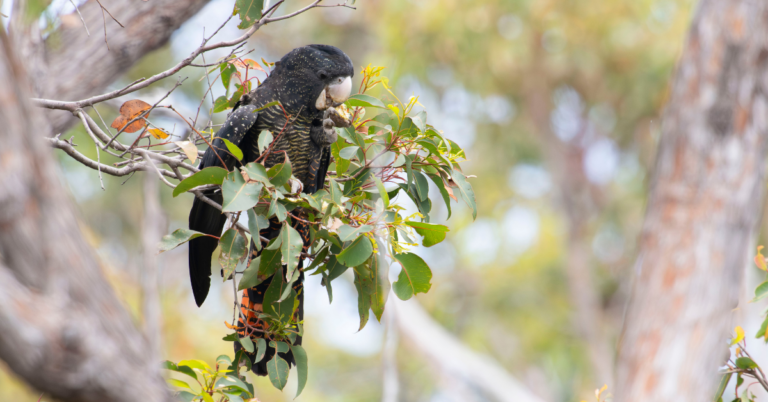
Photo credit: Justin Cally Wildlife Photographer.
We’re getting behind our peak body and NRM Regions Australia which has welcomed release of the Blueprint to Repair Australia’s Landscapes by Wentworth Group of Concerned Scientists.
NRM Regions Australia CEO Dr Kate Andrews has pointed to the low cost of restoring Australia’s environment, as described by the Wentworth Group of Concerned Scientists in their landmark report.
The Blueprint to Repair Australia’s Landscapes, launched by Professor Martine Maron and Professor Jamie Pittock at the National Press Club on 24 July, provides insights into the precarious state of Australia’s environment.
It proposes actions to restore our landscapes to health. The report put the cost of repairing Australia’s environment at $7.6 billion per year over 30 years – just 0.3 percent of GDP.
Importantly, the report recognises we don’t need to start from scratch.
“The Wentworth Group sees all the existing efforts across Australia – by First Nations’ people, farmers, and regional NRM organisations – and are calling for investment to scale these up.
“The report highlights the significance of Indigenous knowledge and thousands of years of sustainable stewardship,” Dr Andrews said.
The report describes the need to knit together all our efforts across landscapes.
It recommends using regional NRM planning, which provides a landscape-scale approach to restoration. NRM planning is undertaken with communities across every region in Australia.
South West NRM developed the South West Region NRM Plan 2021-2030 in consultation with university experts, State agencies, Aboriginal Corporations, local government, the farming community, landcare, wildlife and environmental advocacy group.
“Considering all the different elements that make up a landscape or a region – the water, the soil, the plants, the animals – and how they interact with each other, means you get the best value for any investment you make,” Dr Andrews said.
“Investment in environmental restoration must be planned to deliver the greatest possible benefit. Planting the right kind of plants in one place in a landscape may provide huge benefits for animals, water quality, and carbon sequestration. Planting the wrong kind of plants in a different part of the landscape might provide no benefits at all, or even contribute to higher fire risk or water loss from the system. We need to understand how these elements fit together, and act accordingly.”
